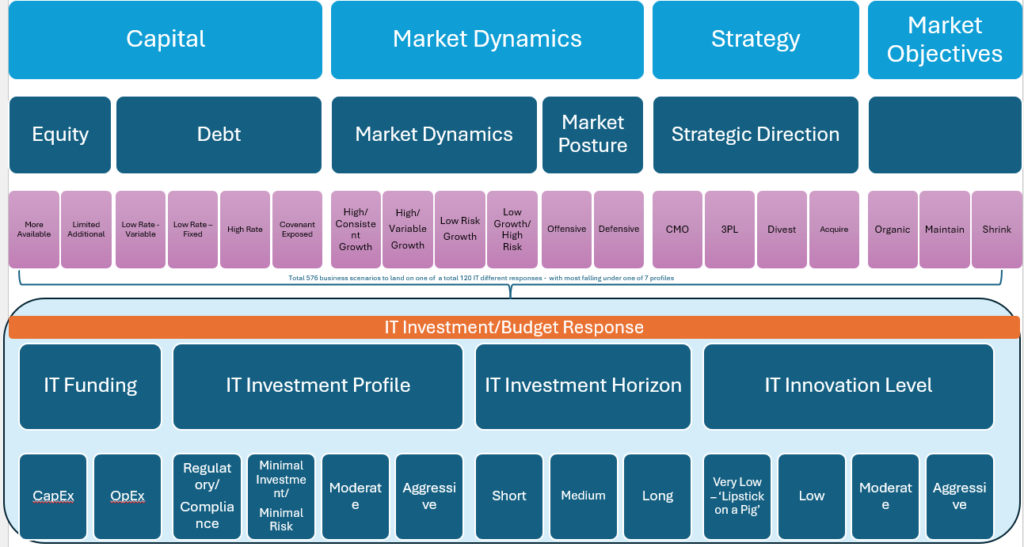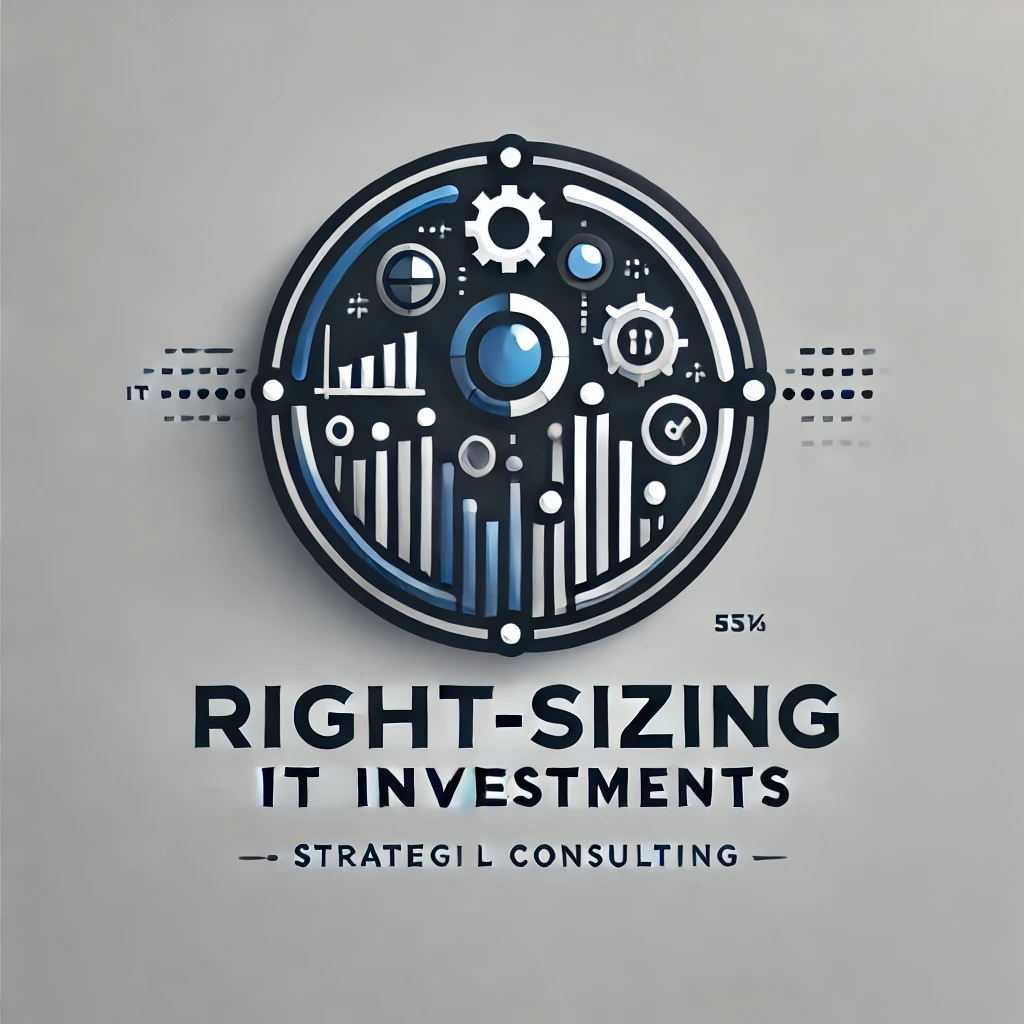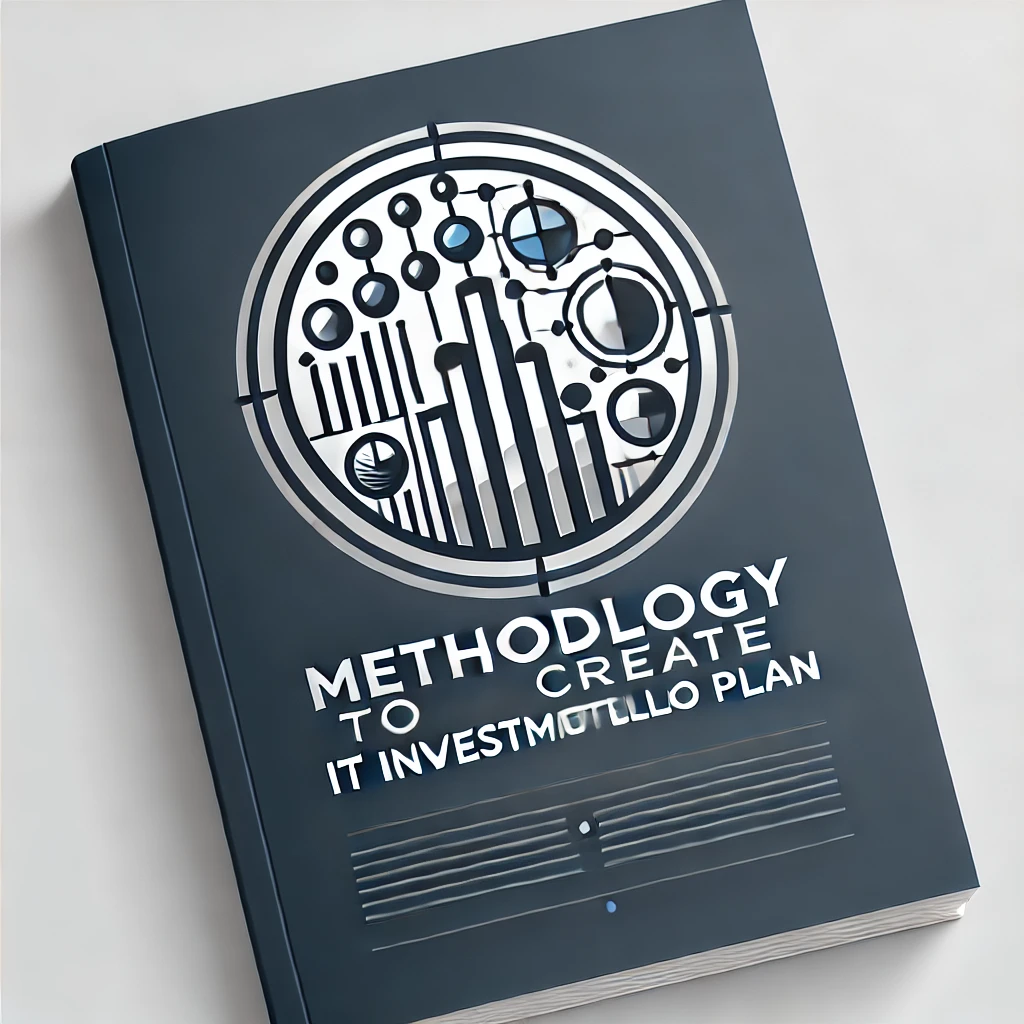UPCOMING PAPERS and RESOURCES
01
Strategic Planning Tools
Expanding the filters/categories for the business needs to include the tools for capturing and applying market analysis to IT investment allocations
The Next Set of CFO Questions
02
What technology gaps hinder our strategic business goals?
How well are IT projects delivering on promised ROI (headcount, analytics, cycle times)?
What is the total overspending on oversized tech projects with diminishing returns? How much investment needs to be freed up from IT for critical non-IT projects?
Is our IT portfolio balanced for innovation and risk management to sustain competitiveness? Across each line of business? Over what time period?
How best to assess IT projects by both ROI and value contribution to the business.
03
Rubber Hitting the Road
Exploring the opportunities and ramifications of CapEx vs OpEx, when to use what funding in IT portfolio management, and how to ensure that the IT organization is properly aligned. This theme naturally extends to technology ownership and the efforts of many companies to now move the IT and technology ownership closer to the points of business impact (where the ‘rubber hits the road’)
Platform Costs
04
Why platform costs (as measured by TCO) are much higher than ever anticipated – and why the breakeven revenue threshold for economies of scale is likewise higher than planned
05
Organization Transformation
The organizational transformation required before an ROI from data analytics and data management can be considered
Governance and Compliance
06
Governance, compliance checks and performance metrics. Specifically, how do you know if you are on/off track and by how much?
07
Fiduciary Responsibilities
What is the Fiduciary and Treasury responsibility of the Finance IT Portfolio strategy?
High-Impact Engagements
08
Ensuring IT portfolio balances innovation and risk management.
Eliminating overspend on underperforming tech projects.
Restructure IT portfolios for enhanced technology investment leverage.
Advise on optimizing or scaling back tech spending effectively.
Guide transitions from CapEx to OpEx for strategic and financial benefits.
Navigate challenges as tech ownership moves nearer critical business touchpoints.
Mitigate enterprise risks (such as global supply chain fragility) by enhancing IT partnerships.
Right-size IT projects and renegotiate vendor contracts for efficiency.
Objective review of AI applicability and identification of the hidden and unanticipated costs.
Glimpse Ahead
Expanding the Strategic Framework



